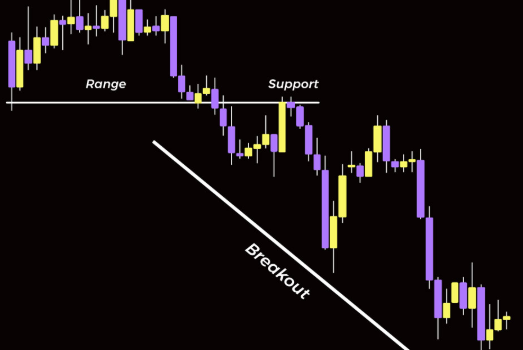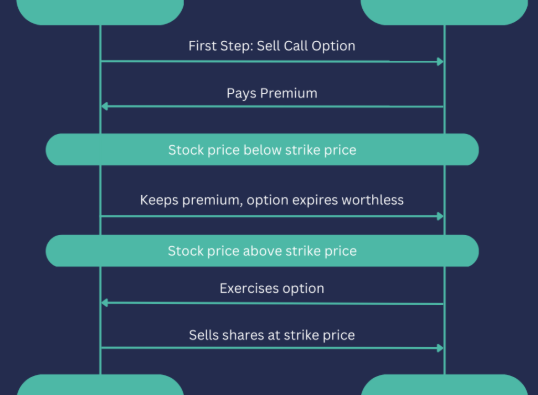
Scalping is a popular trading strategy that aims to make profits from small price movements in stocks, currencies, or other assets. While the concept may seem simple, scalping requires precision, quick decision-making, and a solid understanding of market dynamics. In this post, we’ll break down what scalping is, how it works, and whether it’s a profitable strategy for you.
What is Scalping?
Scalping is a short-term trading strategy where traders, known as scalpers, aim to profit from tiny price changes. These traders execute multiple trades in a single day, sometimes hundreds, with each trade aiming to make a small profit. The idea is to capture small gains frequently, which, when compounded, can result in significant returns. However, due to the frequency of trades, scalping requires a strict exit strategy to avoid large losses.
Who Are Scalpers?
Scalpers are traders who take advantage of small price movements by entering and exiting trades quickly. This strategy involves numerous trades within a day, and although each trade might offer only a small profit, the cumulative result can be substantial. However, a scalper must be disciplined—without a solid exit plan, a single large loss can wipe out multiple small gains.
Successful scalping requires quick thinking, control, and a good understanding of market behavior. It’s not for everyone, especially those who prefer slow, more deliberate trading strategies.
How to Get Started with Scalping?
Scalping can be a primary trading strategy or a supplemental one. Traders typically use short-term charts, such as one-minute or tick charts, to time their trades. Scalping requires focus and quick decision-making, so it may not be suitable for those who prefer taking their time to analyze each trade.
If you’re someone who thrives on fast decisions and wants to capitalize on quick market movements, scalping could be an ideal strategy. However, it requires continuous attention to market conditions and the ability to act swiftly.
Techniques Used in Scalping
Scalping relies heavily on technical analysis. Traders use various tools and indicators, such as candlestick charts, the Relative Strength Index (RSI), and the Moving Average Convergence Divergence (MACD), to identify short-term price movements. Scalpers often look for very small price discrepancies to enter and exit trades rapidly, aiming to accumulate multiple small profits throughout the day.
Principles of Scalping
Scalping aims for quick, small profits using larger position sizes. Scalpers buy or sell numerous shares at the bid or ask price, quickly turning them for a tiny profit. The positions are held for only a few seconds to minutes, and the goal is to generate many small gains in a short period.
The key principles behind scalping include:
- High Frequency: Scalpers typically execute dozens or even hundreds of trades each day.
- Small Price Movements: They capitalize on minor price fluctuations rather than large market trends.
- Leverage: Scalpers often use margin or leverage to amplify their profits.
Characteristics of Scalping
Scalping is a fast-paced trading style that requires quick execution and precision. Traders typically use day trading buying power, often with a margin of four-to-one, to maximize their potential gains. Scalpers frequently use short time-frame charts, such as one-minute or five-minute candlestick charts, and rely on momentum indicators like stochastic or MACD to guide their trades.
Liquidity is crucial in scalping. Scalpers prefer markets with high liquidity, ensuring they can enter and exit positions quickly without significant price slippage.
The Psychology of Scalping
Scalping is as much about mental discipline as it is about strategy. Successful scalpers must remain calm, focused, and confident in their decisions. The fast-paced nature of scalping requires the ability to adapt to constantly changing market conditions and adjust strategies as needed. Making quick decisions without hesitation is key, but scalpers also need to know when to cut their losses to avoid larger setbacks.
Types of Scalping
There are two main types of scalping: discretionary and systematic.
- Discretionary Scalping: This type relies on the trader’s judgment to make quick decisions about which trades to place. Traders may base their decisions on technical indicators, market conditions, and their own analysis of the price movements.
- Systematic Scalping: This involves the use of automated algorithms that execute trades based on predefined criteria, without human intervention. Systematic scalping removes emotions from the trading process, relying on computer programs to make objective decisions.
How Does Scalping Work?
Scalping operates on the principle of buying low and selling high—or the reverse in the case of short-selling. Scalpers typically enter the market when there is a small price difference between the bid and ask, and they exit when the price moves slightly in their favor.
Scalping can be particularly effective in highly liquid markets where price movements are more frequent. By taking advantage of small price shifts, scalpers can make a profit from many trades throughout the day, even if each trade only generates a small gain.
Advantages and Disadvantages of Scalping
Like any trading strategy, scalping has its pros and cons.
Advantages:
- Low Risk per Trade: Because each trade involves a small position and short duration, the risk per trade is low.
- High Frequency of Trades: Scalpers can execute many trades in a day, increasing the chances of profitable opportunities.
- Quick Profits: Scalpers can make profits quickly, with multiple trades adding up to significant returns.
Disadvantages:
- High Transaction Costs: Due to the frequency of trades, transaction fees can quickly add up, potentially eating into profits.
- Emotional Stress: The fast-paced nature of scalping can be mentally taxing, requiring constant focus and quick decision-making.
- Market Dependence: Scalping is best suited for liquid markets, and the strategy may not be as effective in low-volume or volatile conditions.
Scalping vs. Day Trading
While both scalping and day trading are short-term strategies, they differ significantly in terms of holding periods and trade frequency.
- Scalping: Involves holding positions for seconds to minutes, aiming for small price movements in highly liquid markets.
- Day Trading: Positions may be held for hours, with traders looking to capitalize on larger price moves within the same trading day.
Is Scalping Profitable?
Scalping can be highly profitable for traders who consistently execute profitable trades throughout the day. However, it requires significant time, focus, and discipline. Successful scalpers aim to make multiple small profits that add up to larger returns over time.
Conclusion: Is Scalping Right for You?
Scalping is a fast-paced trading strategy that can generate profits by capitalizing on small price movements. While it offers the potential for quick returns, it also requires a high level of skill, discipline, and the ability to manage risks effectively. If you enjoy making quick decisions, have the mental stamina to trade throughout the day, and understand market dynamics, scalping might be a rewarding strategy for you to explore.









